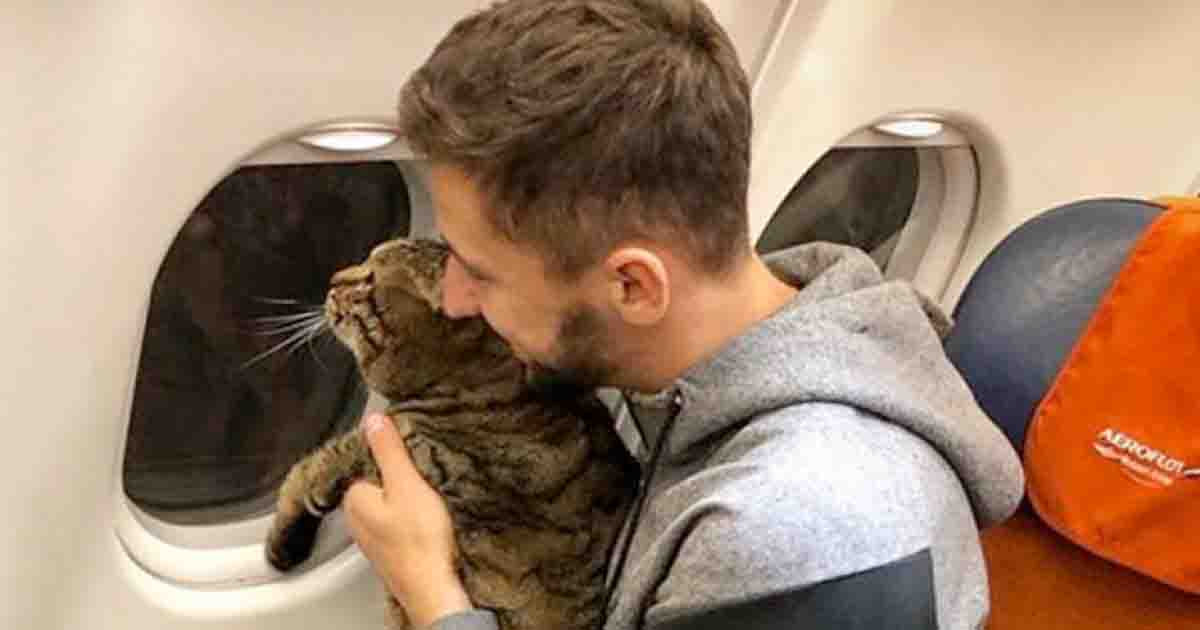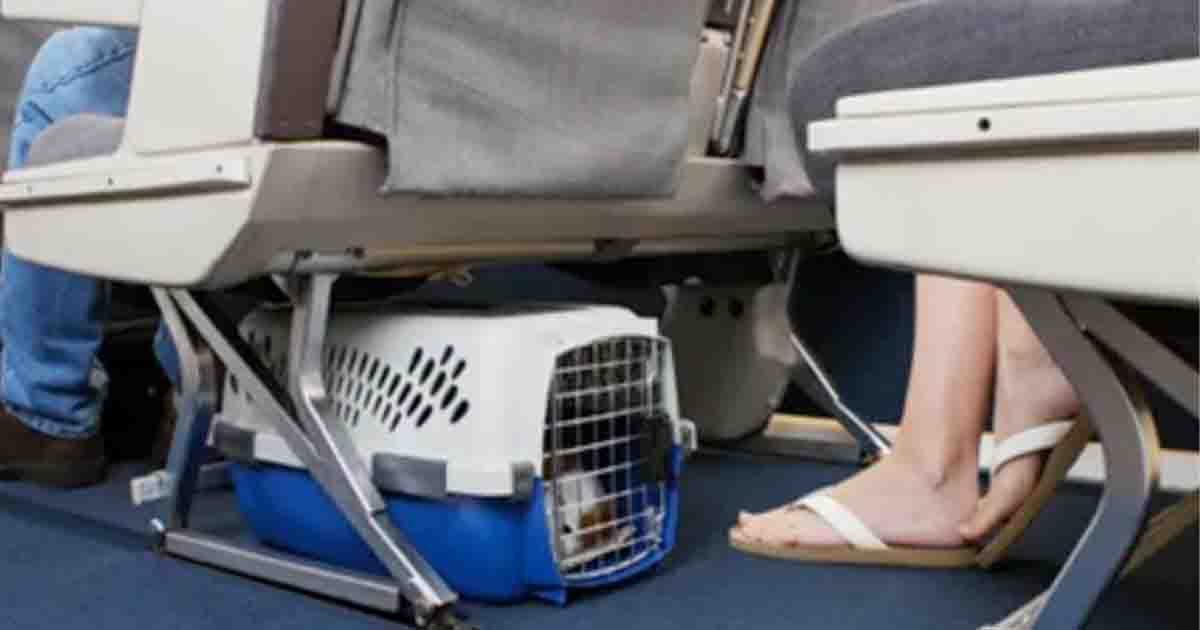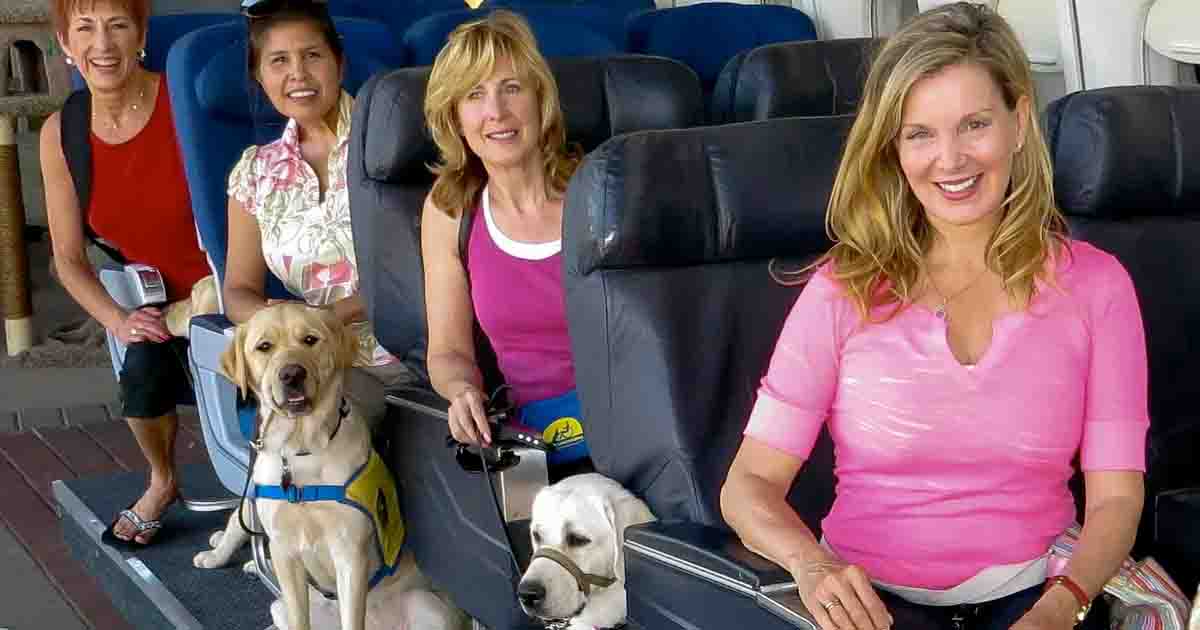Friendly airlines that let you bring your pets on board
Traveling is exciting but can also be very tiring. For many people, the idea of bringing their pets along on trips is a mixed bag. Some believe it adds to the stress, while others can’t imagine traveling without their furry friends.
Pets often provide emotional or service support, making it hard for some to leave them behind. As a result, seeing cats and dogs at airports is becoming increasingly common.

Pets often hold a special place in our hearts and families. They are much more than just animals; they are companions. When families go on vacation, they miss their pets if they can’t bring them along. For some, leaving their pets behind isn’t an option. These individuals rely on their pets for emotional support or medical reasons, making traveling without them nearly impossible.
In the past, traveling with pets meant placing them in crates and checking them in with the airline. The pets would then travel in the cargo hold, just like luggage, and be picked up at the destination. Although it was rare for pets to be harmed this way, many pet owners felt uneasy about it. They worried about their pets feeling scared or confused, much like a parent worries about their child.

Some people need their pets with them for health reasons. Service animals can alert their owners to low blood sugar, impending seizures, or even heart problems. For these individuals, having their pets by their side is crucial for their safety. This need has led to a debate about allowing pets to ride in the airplane cabin with passengers. By the end of 2023, more than 20 airlines around the world had started allowing service and support pets in their cabins.
Airlines such as Air Canada, Delta, United Airlines, and many others now permit pets to ride in the cabin. Each airline has its own rules regarding the type, size, and age of pets allowed. For instance, some airlines require puppies to be at least eight weeks old, while others require them to be twelve weeks old. United Airlines does not have weight or breed restrictions but requires pets to be in a carrier that fits under the seat. Service animals, however, can travel without a carrier and even have their own seat.

Emotional support animals (ESAs) are different from service animals. While service animals perform specific tasks for their owners, ESAs mainly help reduce anxiety. Because of this, ESAs are often treated like regular pets and must meet specific requirements to travel in the cabin.
Traveling with pets comes with its own set of challenges. Pets can get anxious while traveling, and owners need to consider if it’s worth the effort and cost. Pets need their own space, medical check-ups, vaccinations, and sometimes anxiety treatments. All these preparations can be expensive.

Clayton Lopez shared his experience of traveling with his cats. He and his wife spent a lot of money to bring their cats along, only to find that their pets were not happy. This highlights the importance of evaluating how a pet might handle travel.
Planning ahead is crucial for a smooth travel experience with pets. This includes finding pet-friendly accommodations, ensuring all necessary documents and vaccinations are in order, and meeting airline requirements. Additionally, planning for potty breaks and giving pets time to explore can make the trip more enjoyable for everyone involved.
Traveling with pets can be both rewarding and challenging. It’s essential to consider the well-being of the pets and prepare thoroughly to ensure a pleasant journey for both the owners and their furry companions.





